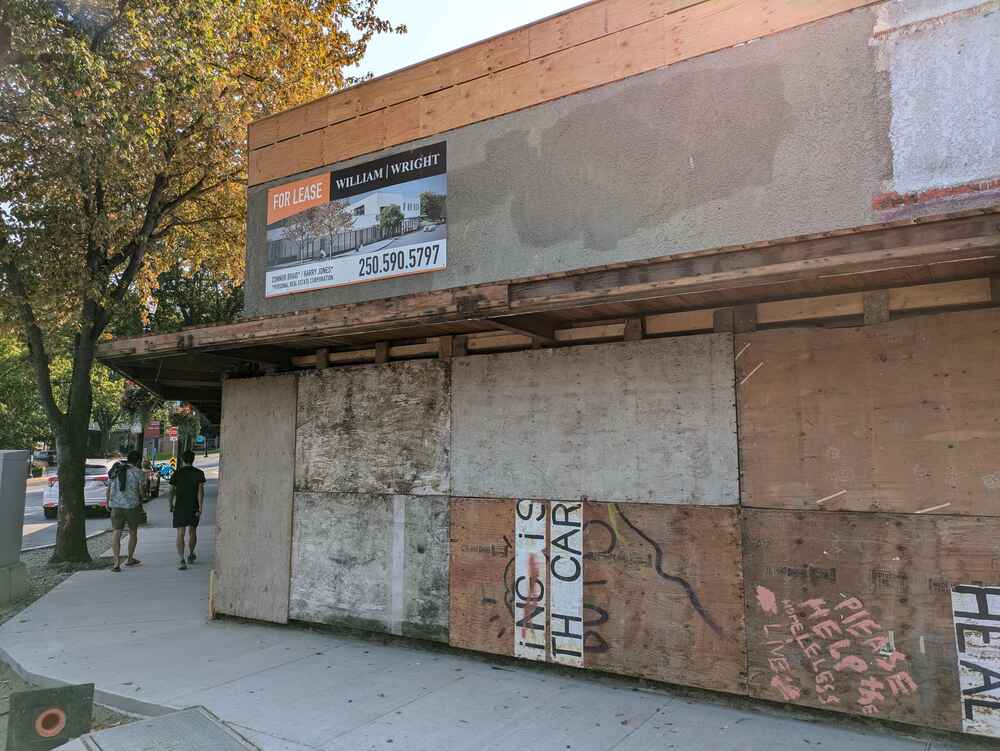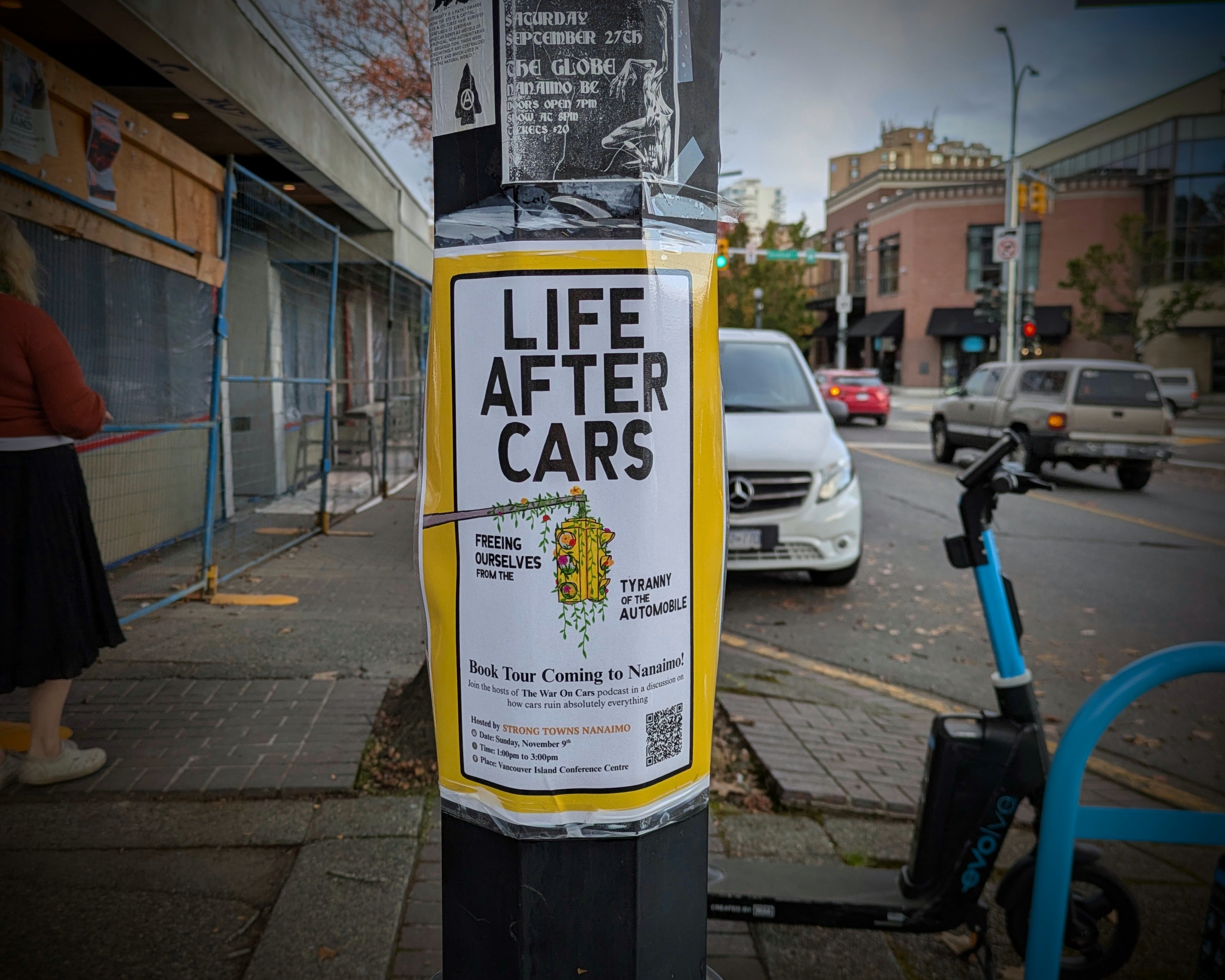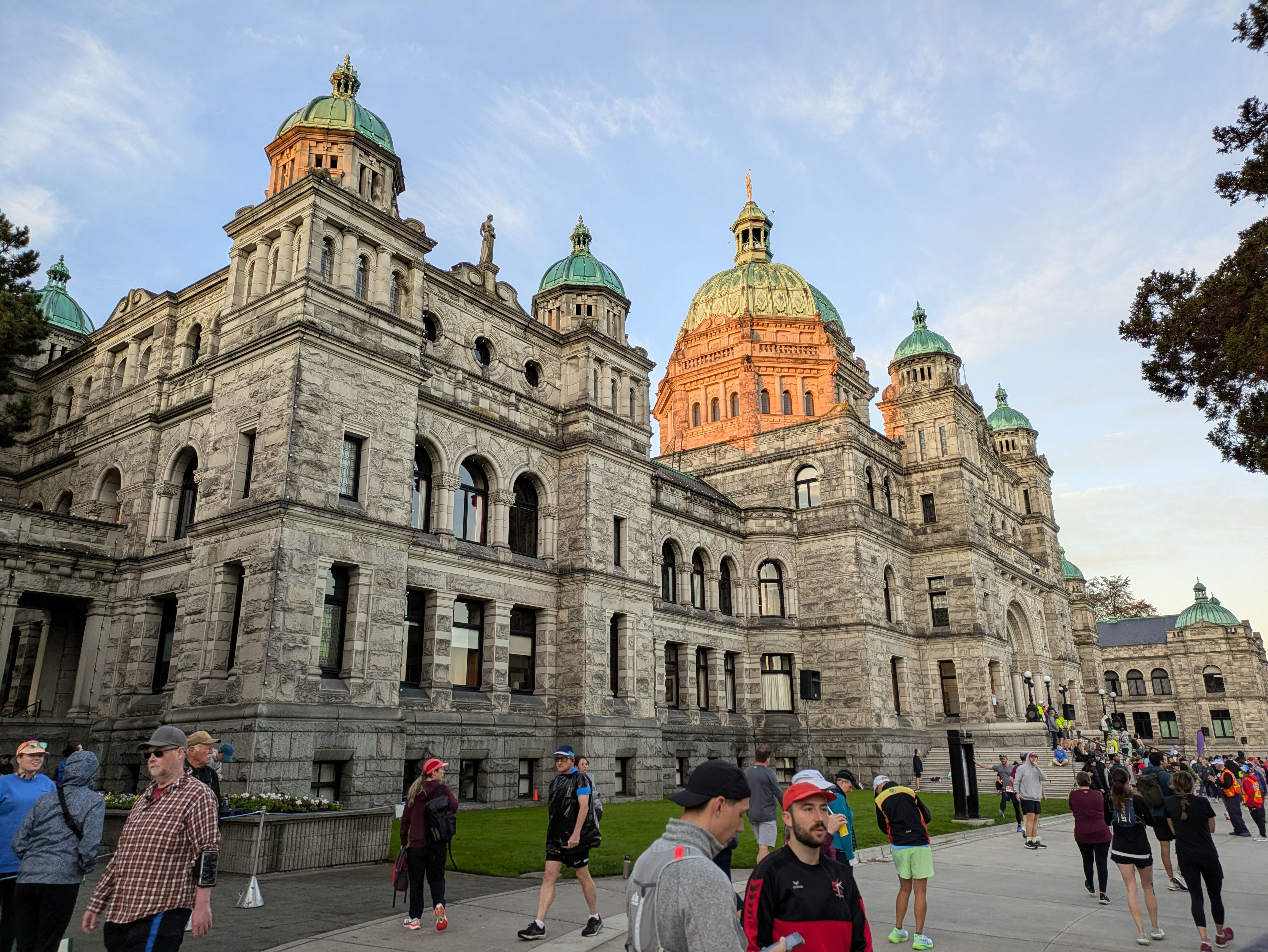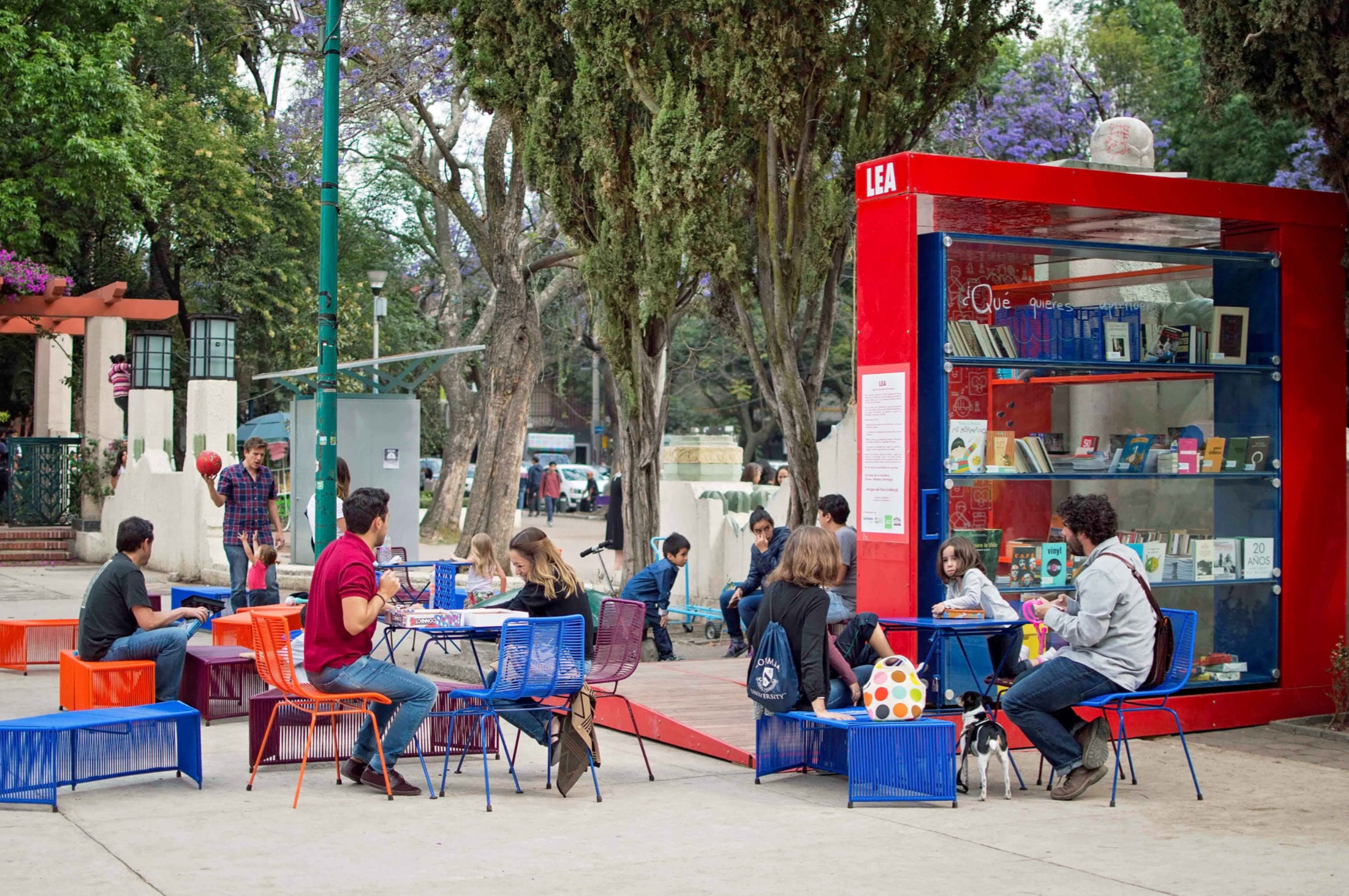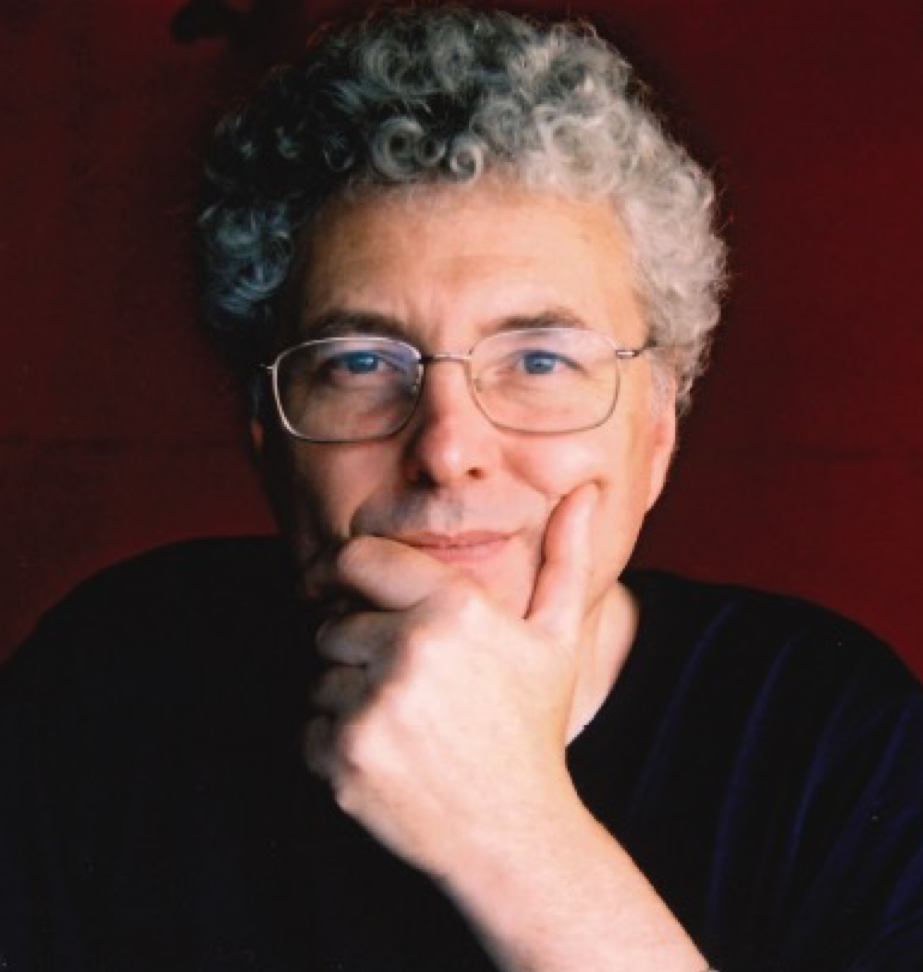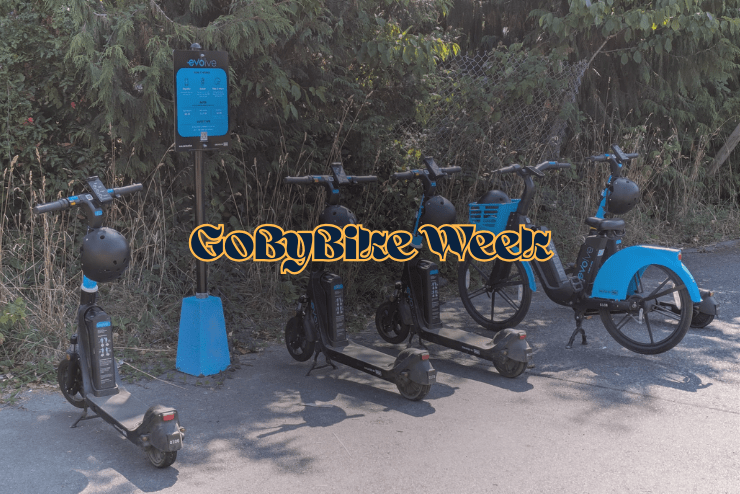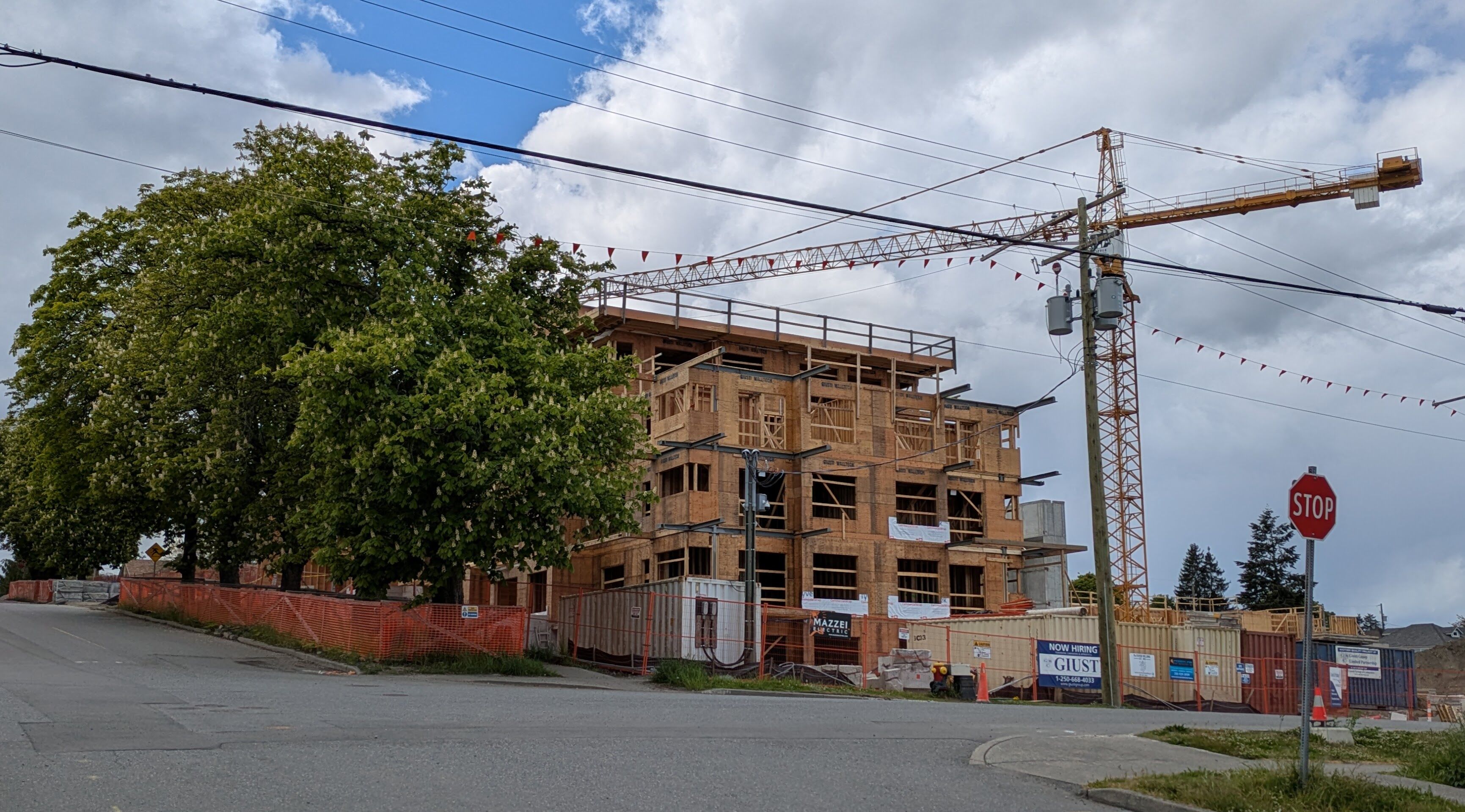A group of Nanaimo residents and activists were fortunate enough to learn that Ryan Smolar of Placemaking US was going to be conducting a tour of the Pacific Northwest to learn about local experiences with food security, housing, intentional community-building, animating public space, and more. In addition to stopping in at locations in Oregon and Washington, he was also coming to Vancouver Island. Initially, his only stops were Victoria and Courtenay, but having learned about his tour, we persuaded him to make a stop in Nanaimo while en route on September 5th. The event was held at the Public Library downtown, with the library’s sponsorship and strong support from Casey Stepaniuk and Sarah Van Mook, in particular.
Based on his experiences in many parts of the world, Ryan made a number of excellent points, citing examples and practices from North America and elsewhere. For instance, Marshfield and a number of other towns in Vermont were hit by a particularly nasty hurricane a few years ago. As a result, the people of Marshfield resolved to invest in resilient infrastructure – in this case a park in an area that was subject to flooding. When a similar bad hurricane occurred the following year, the park was temporarily under water, but there was no permanent damage. When a similarly devastating hurricane happened in Asheville, North Carolina (while Ryan was there), he was able to hook local residents up with the Vermont folks to learn from their experience.
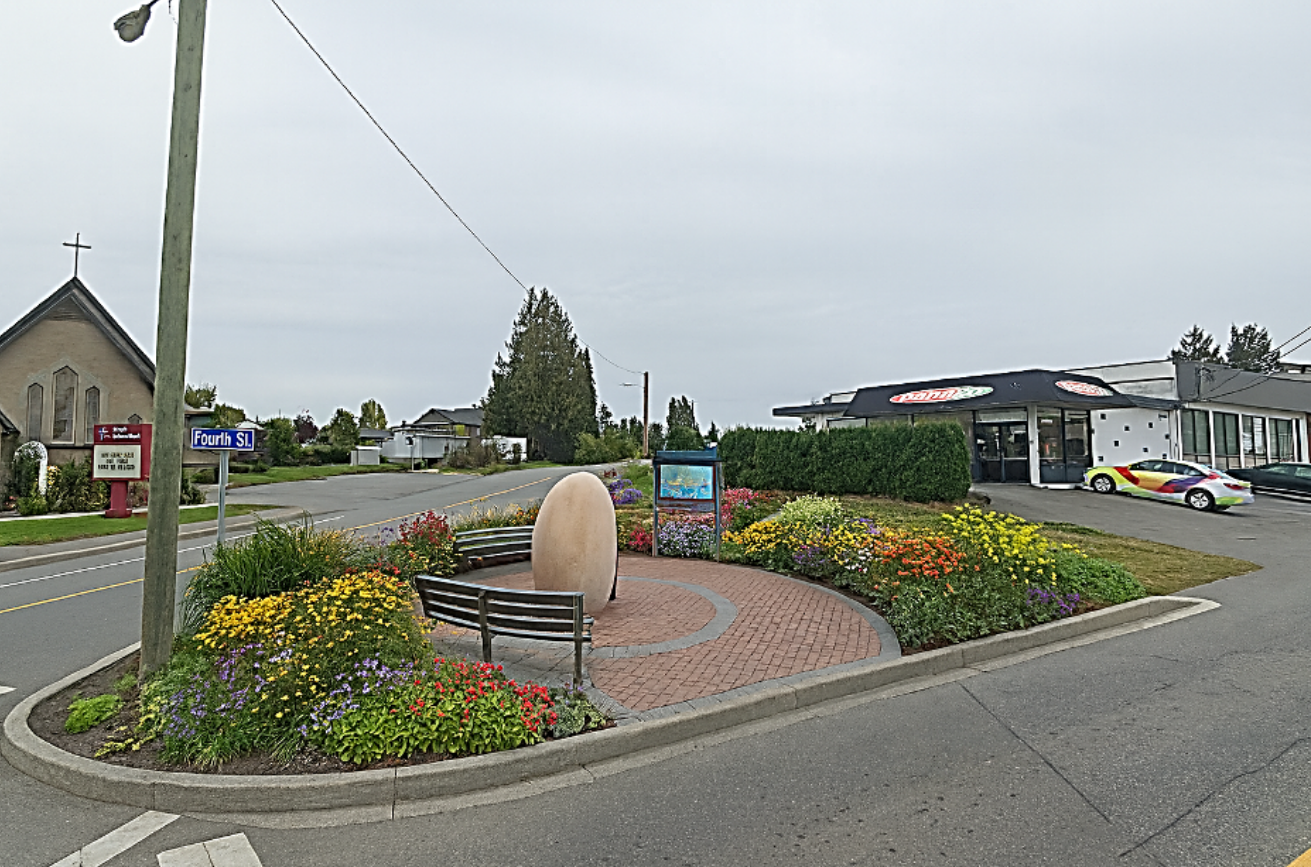 Simulated Public Space in Harewood ‘Gateway’
Simulated Public Space in Harewood ‘Gateway’
Another lesson that came out of Asheville was the importance of “resilience hubs” – churches, libraries, community centres, even local businesses. As Ryan noted, people in Asheville had largely abandoned the downtown to tourists and had few places to gather to strategize and distribute essential supplies when the storm hit. They wound up meeting in a big box parking lot where there was no place to sit. In some instances – in Asheville and elsewhere – people with access to potential hubs (i.e., having keys) simply opened up the facilities without waiting for authorization. This underscores the importance of having focal points where people can mobilize their responses to disasters of whatever sort.
Another issue close to Ryan’s heart is local food security. He lamented the fact that many community gardens he has observed are walled off from the community – what he calls “maximum (food) security,” but also cited examples where the boundaries are more porous. He also decried a case where a thriving popular farmers’ market – in his home community of Long Beach, California – had the adjacent lawn removed where people would congregate, ostensibly because of a complaint from a nearby marina. Seating in general is big issue in public space, especially in parks and plazas, and even commercial areas. One older participant noted that she is reluctant to venture downtown as there few places to sit. At the downtown shopping centre (Port Place), all benches outside have been removed as have the benches in the author’s own neighbourhood, ostensibly because they might be used by homeless people.
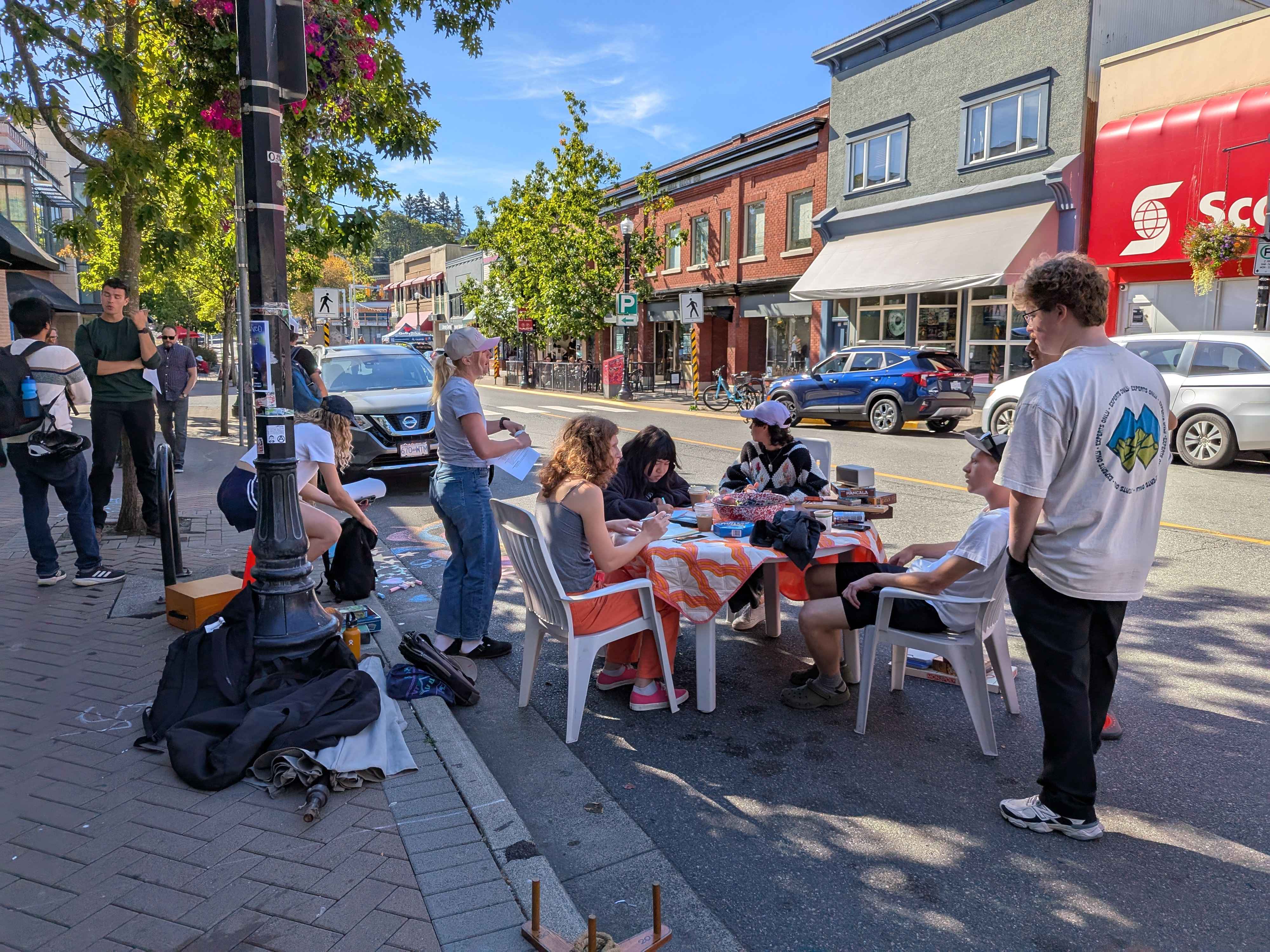 Community Members Putting People Over Parking
Community Members Putting People Over Parking
On the subject of homeless people, Ryan noted that dense public activity – for instance, night markets – tended to be avoided by the homeless. What they really want and need are spaces they can gather, feel safe, and have access to water and other needed resources – hubs, in a word. In some instances, homeless people have successfully been turned into the stewards of public spaces.
Ryan is a big fan of maps and calendars as placemaking tools. In Long Beach, he helped create a “healthy food map,” showing a trail linking several community gardens and restaurants and stores serving local and healthy food. This might be appropriate for Nanaimo to consider. He also sees the value of people mapping their neighbourhoods in terms of who has what and who needs what.
During the discussion period, many participants spoke up about the issues they were passionate about. These ranged from guerilla gardening to safe cycling and walking to making Diana Krall Plaza more vibrant, to having more block parties (possibly with municipal assistance) to get to know their neighbours. One particularly interesting proposal is to create a ‘Gateway’ public space for the Harewood neighbourhood (see mock-up below). A point that Ryan consistently emphasized was to try to work with local officials but, if need be, to take pre-emptive action – to “just do it.” This point was seconded by the one city councillor in attendance. Many interventions are not expensive, and culture – especially, music – can be a catalyst for making public spaces more successful.
